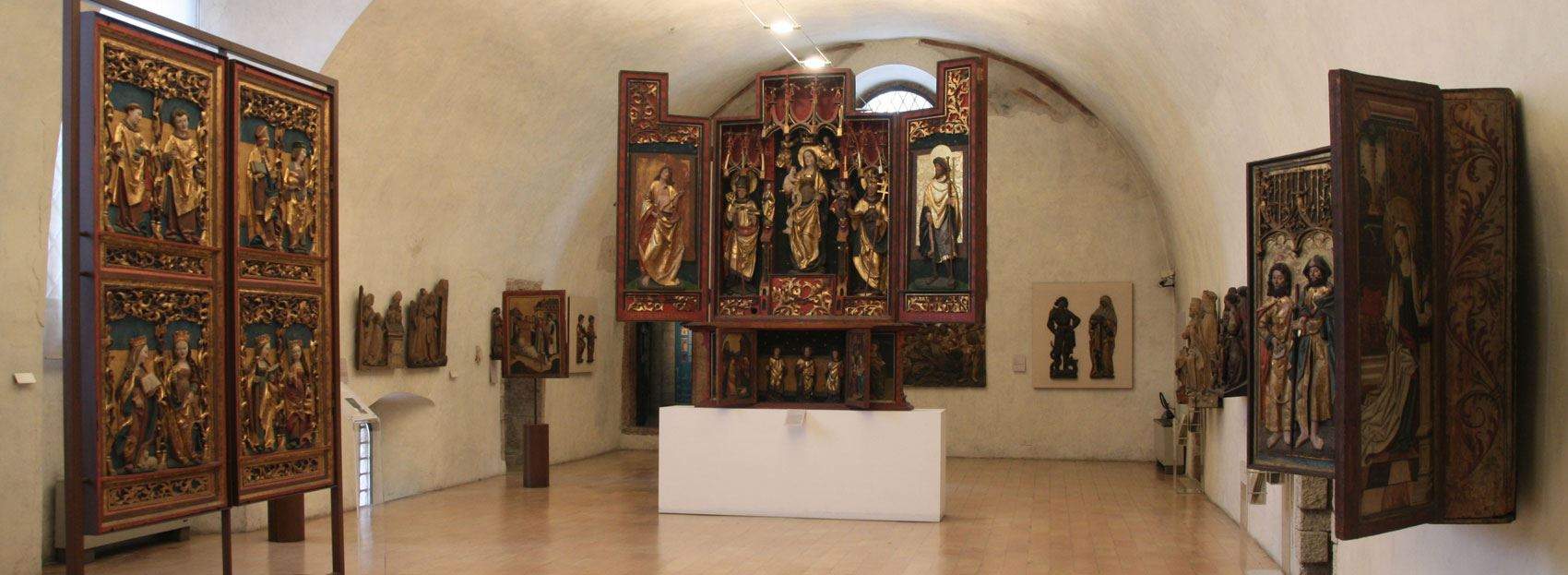To understand what the public’s expectations are and what it considers important to visit the museum safely in order to better set up the so-called "phase 2." This is the approach of the Diocesan Museum of Trent (Trento), which in the past few hours launched a questionnaire aimed at visitors to understand how to orient themselves and how best to organize with security measures when, from May 18, the museums can reopen.
“The issues to be addressed are many and varied,” reads the introduction to the questionnaire, and as a result, the Museum considers the opinion of the public valuable, who are asked to express their views on issues such as their priorities at the end of the restrictive measures (traveling, playing sports, hanging out with relatives and friends, visiting exhibitions and museums, going to restaurants, going to the hairdresser, taking walks in the mountains, shopping in stores), whether the museums should reopen on May 18, and, of course, security measures: visitors are thus asked how useful they think prescriptions such as temperature measurement, disposable gloves, visit quotas, spacing in rooms, mandatory masks, and self-certification are. Then again, the Tridentine Diocesan Museum also asks visitors for preferences on schedules, as well as online reservations and payments, concluding with an open-ended question on what the public would like the museum to do for its visitors.
In short, from Trent comes useful guidance that could be applied extensively to better understand how the public would like to see museums when they reopen. But the Diocesan Museum of Trent has nonetheless been very active throughout the weeks of the closure, with several online initiatives and the subscription campaign, with the annual card that, at a cost of 12 euros, entitles visitors to unlimited admission to the museum and exhibitions for 12 months, and a 10 percent discount at the bookshop and on initiatives that charge a fee. The museum’s idea is to “not lose sight of each other” during the closure: “during this period of forced closure,” reads a note, “the Museum continues to live and relate to its audience through the Internet, a medium that allows us to enter homes and share content, food for thought and ideas.” And as for food for thought, it can hardly be said that the Trentino museum has not provided any.
Pictured: the wooden sculpture room at the Tridentine Diocesan Museum.
 |
| Engaging the public to set up "phase 2". The approach of the Diocesan Museum of Trent. |
Warning: the translation into English of the original Italian article was created using automatic tools. We undertake to review all articles, but we do not guarantee the total absence of inaccuracies in the translation due to the program. You can find the original by clicking on the ITA button. If you find any mistake,please contact us.